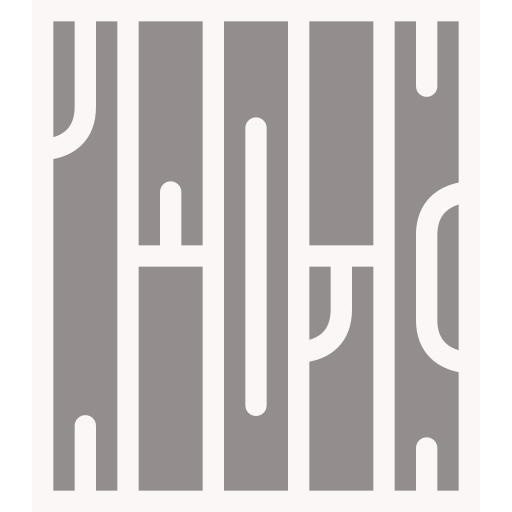Comprehensive Packaging Solutions
From design to delivery, we offer tailored packaging solutions to showcase your product’s quality and enhance brand appeal.
Rotogravure Printing
Rotogravure printing is a high-speed, high-quality process used primarily in the packaging industry for long print runs. The method involves etching an image onto a gravure cylinder, which is coated in ink. As the cylinder rotates, it transfers ink to the substrate with exceptional control, producing sharp, vibrant images that are both detailed and color-accurate.
This technique is ideal for industries that require high-volume, consistent printing, such as plastic film packaging, laminated plastics sheets, and adhesive applications. The precise nature of rotogravure printing ensures excellent color reproduction, making it a preferred choice for producing packaging with intricate designs and vivid colors.
Multi-Layer Films
Multi-layer lamination is a process that bonds two or more layers of materials together using heat, pressure, or adhesives, forming a durable composite material. This technique is widely used to improve the appearance, strength, durability, resistance, and functionality of a wide range of products.
Laminated materials offer enhanced protection against moisture, corrosion, tearing, and UV radiation, significantly extending the lifespan of the products contained within. The versatility of lamination makes it an essential process in industries such as printing, packaging, and manufacturing, where added resilience and visual appeal are critical for both product performance and consumer perception.
Pouching and Bag Making
Pouching and bag making is a manufacturing process that focuses on producing flexible packaging solutions, including pouches, bags, and sachets. The process typically involves several key steps such as material selection, printing, sealing, and cutting, all aimed at creating practical and protective packaging formats.
These packaging solutions are commonly used for a wide variety of products, including food, beverages, pharmaceuticals, and personal care items. Depending on the scale of production, pouching and bag making machinery can range from simple heat-sealing equipment suitable for small batches to advanced automated systems designed for high-volume manufacturing.
This process plays a critical role in delivering packaging that not only preserves and protects the contents but also offers valuable branding and marketing opportunities, making it an essential part of modern packaging in various industries.
Film / Roll Slitting
Slitting is a manufacturing process used to cut wide rolls of materials into narrower strips or smaller rolls. This technique is commonly employed in industries working with materials such as aluminium foil, paper, polyester, nylon, LDPE, and HDPE.
The slitting process involves feeding the material through rotating blades or knives, which precisely cut the material to the desired width. It is a vital step in converting large rolls into smaller, more manageable sizes that are suitable for various applications, including packaging, printing, pouching, bag making, and other industrial processes.
The precision of film/roll slitting ensures that the resulting strips or rolls maintain consistent width and quality, meeting specific customer requirements and ensuring optimal performance in downstream processes.
 Rotogravure Printing
Rotogravure Printing  Multi-Layer Films
Multi-Layer Films  Pouching and Bag Making
Pouching and Bag Making  Film / Roll Slitting
Film / Roll Slitting